Now an overgrown shell of what was once in it's day the strongest castle in the region, it is now mostly obscured from public view. You can however catch a glimpse of what were once impressive walls on certain bends of the road. But that is all history now.
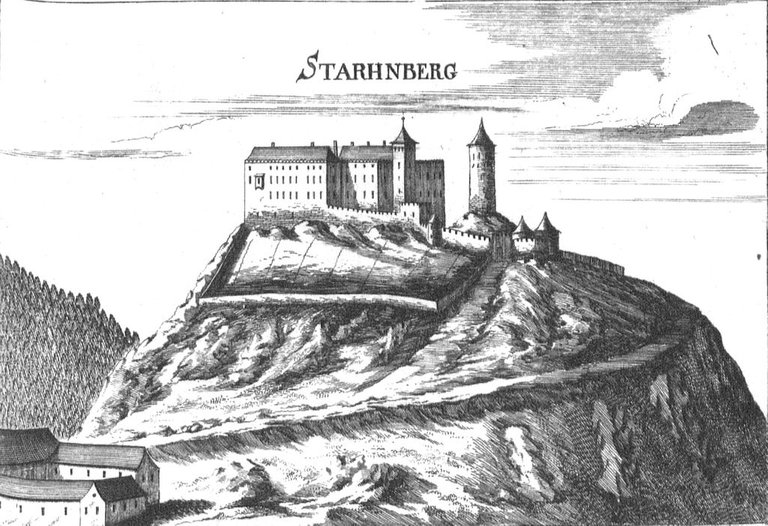
It is thought the castle was built around 1160, on the border between Styria and the Ostmark in what is now Austria. The oldest owners were the Starchemberg family, who died out in the 12th century. During the ownership of the Bambergers, the Teutonic Knights Order had a presence here guarding the family records.
The story goes on with the castle changing ownership many times.
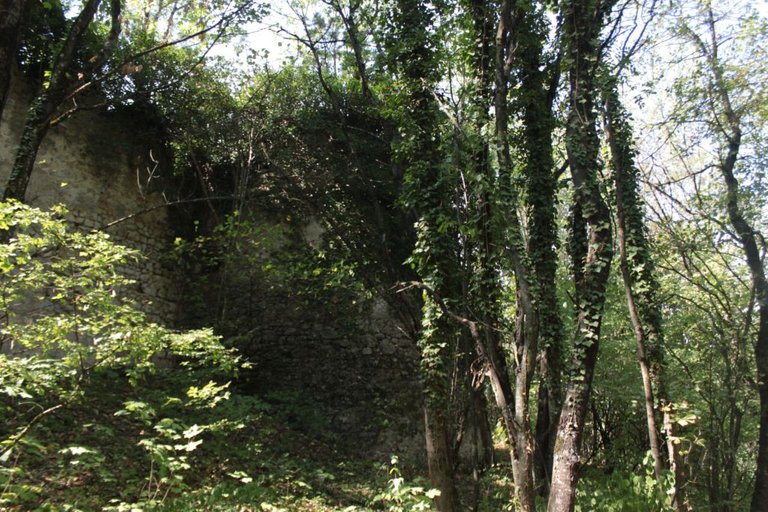
As you can see from the etching above, in it's day as a working military installation, the hill was kept bare so approaching enemies could be seen from far off. Today, it is the opposite, with the forest reclaiming the hill and the ivy climbing the walls.
The castle is about an hours drive South of Vienna. You cold possibly reach it by train and hike to it. Today there's not a great deal near it. There's a tavern down at the road below, should have a thirst or be in need of a bite to eat, before or after your adventure.
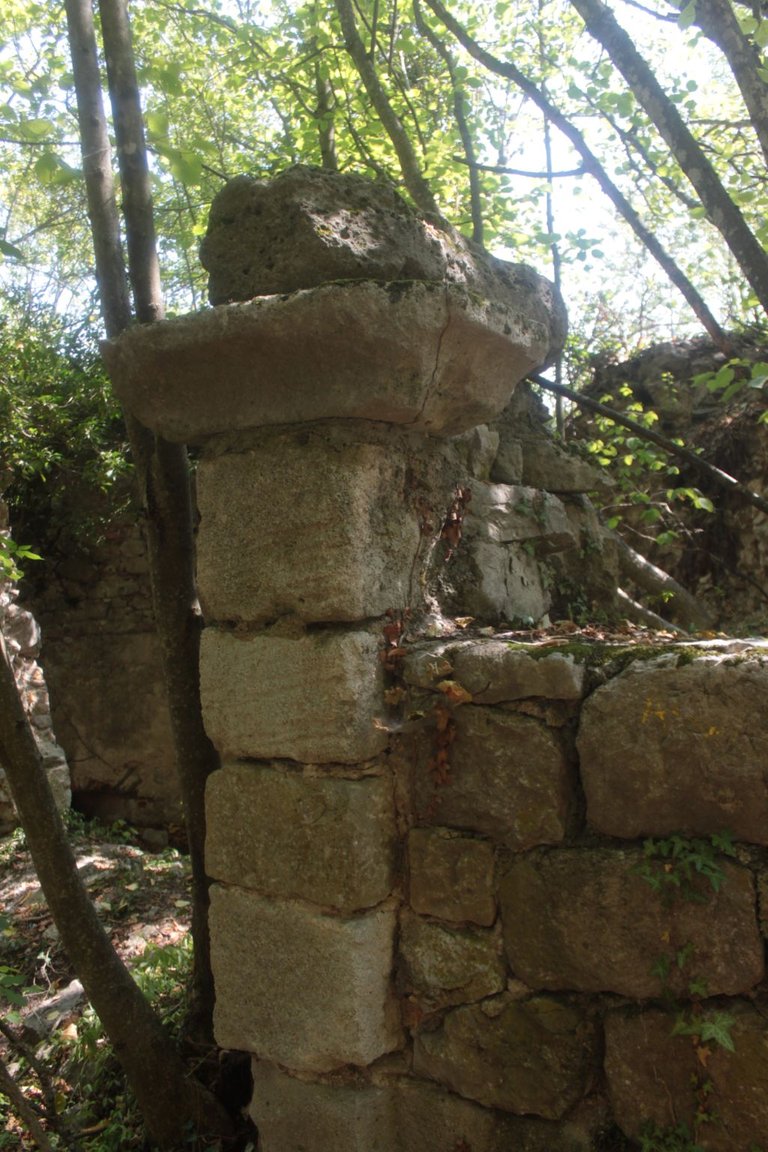
What would have been once been an impregnable fortress, now has crumbling walls and so access can be found quite easily.
While the castle is a lost peaceful ruins in the forest today, it did stand through hellish times.
On this point, it is to be noted that it is a ruin, and many parts of it are unstable, so you visit it at your own risk.
In 1482 the castle was taken by troops of the Hungarian king Matthias Corvinus and occupied for years.
During the Second Ottoman Siege of Vienna in 1683, the castle provided the local population with protection from the marauding Janissary troops of the Ottoman army who were sent into the countryside to slaughter everything they could find, be it animal or human, and often in the most gruesome methods possible.
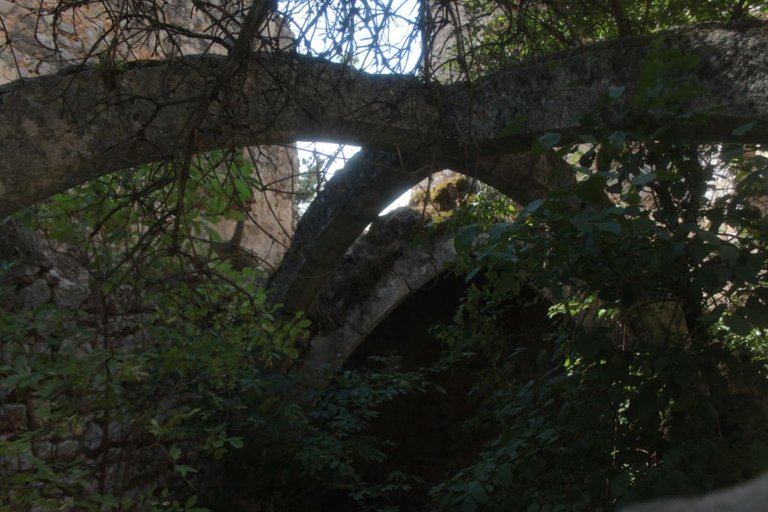
There are few hints of it's past glory left standing. For instance, what is now a free standing interlocking double arch, used to be the rib supports for a vaulted room, with the materials in between collapsed or robbed.
Yes, you read it correctly, robbed.
After the decay had set in, people would simply appropriate the readily available building materials for their own needs. Think of it as a precursor to our hardware stores today. 😀
But how did Starhemberg become a ruin?
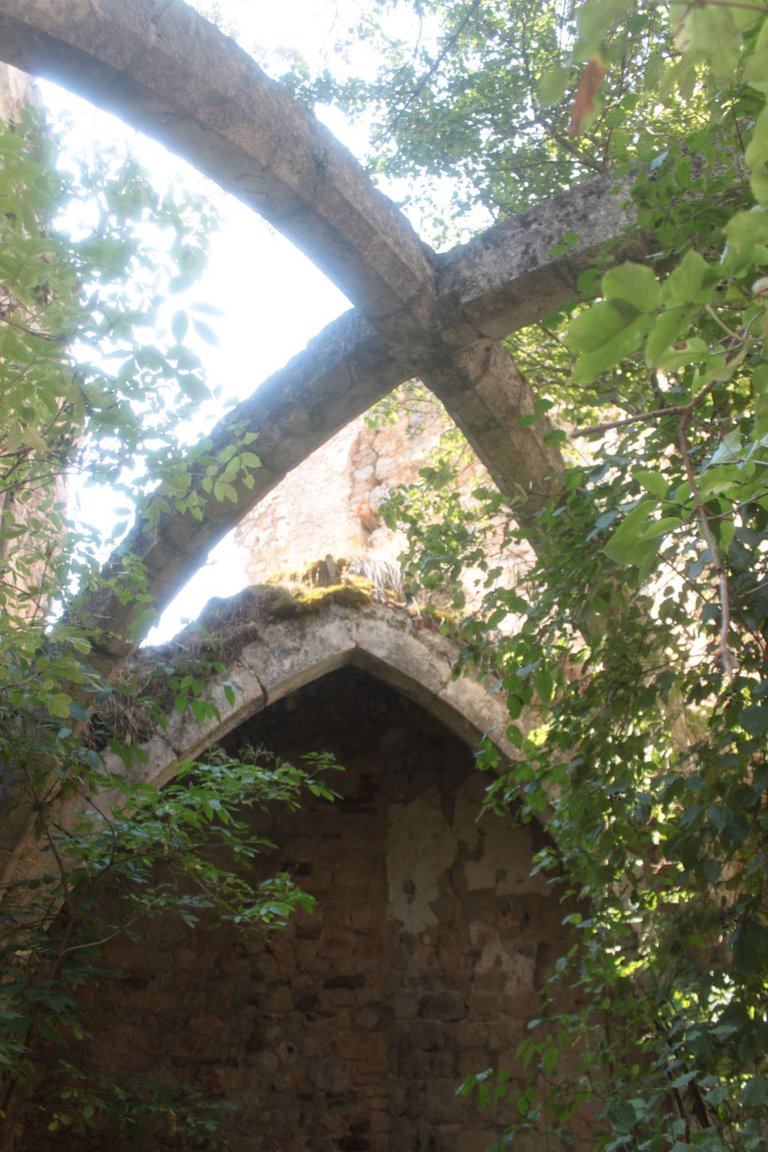
Short on money, the Hapsburgs instituted a roof and window tax throughout their realms. This was a problem for the aristocracy who owned multiple properties. So rather than pay the taxes on buildings they did not use frequently, they removed the roofs and windows, leaving the buildings open to the elements. This of course took its toll, with many buildings collapsing in time. Castles are expensive things to keep, hence why there are so many ruins. It is most often for financial reasons, rather than war that they are a pile of rubble.
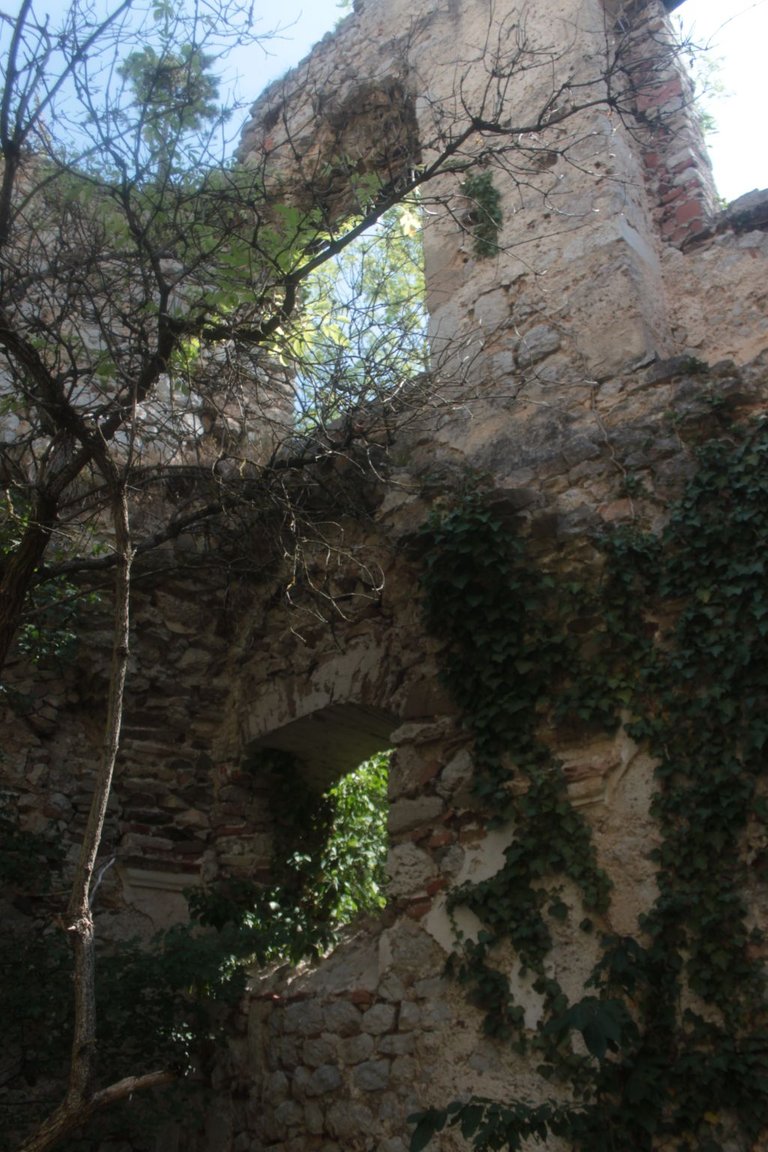
One of the most impressive structures, and a rather curious one is the very solid chapel that was the foundation of a large tower.
Standing outside, and peering into the darkness of the open door, the imagination runs wild with what might be found inside.
You can see from the above photo how massively thick thick the walls are. Not only did it serve a religious function, but it also had to be fit for war, hence so few and small windows.
Because the chapel was built in a tower, it has a round shape, which is highly unusual.
If you look to the top of the above window, you will notice a doorway. There used to be a wooden stairway that ran all the way to the floor. Seeing something like that makes me so curious as to what is up there.
The tower took a beating in the closing days of World War II. The Soviet army was pushing North to Vienna, but a Waffen-SS unit was located in the ruin, which maintained an observation post at the tower above the chapel. Artillery fire caused serious damage to the walls.
The castle thus saw military service into modern times.
There are other less combative features of the castle. As the saying goes, an army marches on its stomach. And when not marching and manning the castle, the kitchen is still of utmost importance.
Because the kitchen is the engine of the castle, it was built very well, quite solidly in fact, like the tower, dating from the same time. While the floors that were built above it are long gone, it still stands.
The heat from the large central fireplace in the kitchen would have radiated upwards and warmed the rooms above. Castles are notoriously cold places, so having your apartments above the kitchen would be a luxury.
The interior of the kitchen was rather difficult to photograph as there were no windows. Let that sink in. The only lighting would have been from the fire or lamps. Although, looking at the walls, there may have been windows at one point, but they were walled up at a later point.
The ceiling was rather high culminating in the chimney, so as to guide the smoke up and out from the kitchen.
So after a good meal you typically, you know... need to go. And where do you go to answer the call of nature in a castle? Quite often these were a sort of "outhouse" built onto the side of the castle walls. And like an outhouse, there's no flushing toilet, just a hole to the ground below. I imagine in Winter, this was not a pleasant experience, sitting on the toilet that is.
The other unpleasant experience, or rather job was the castle shit shoveller. There's a reason that expression exists, because it was an actual job. After a time the pile of human excrement would be need to be cleared away. So having lost the engineering of the Roman sewers, later Europeans resorted to having it carted away.
On my first visit to the castle it was late in the day on a cold Winters day. Thus the light faded quickly, but it gave the ruins a gloomy atmosphere. It would make a great location for vampire or other horror film.
I'll leave you to explore the rest of the castle.
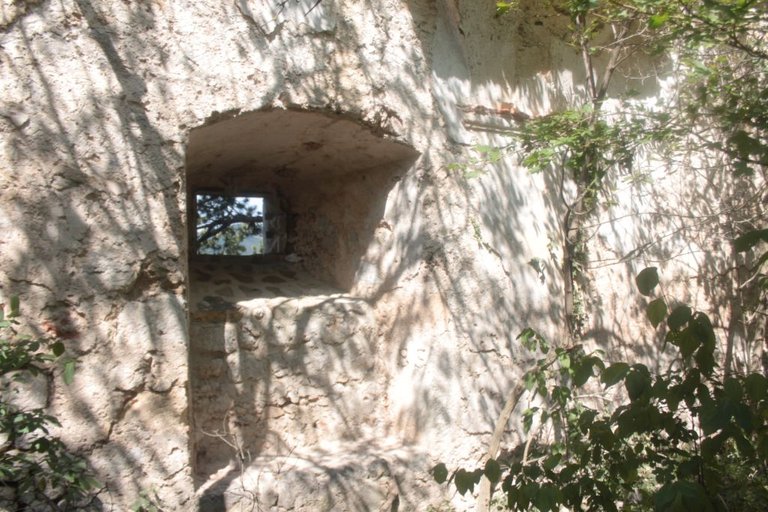
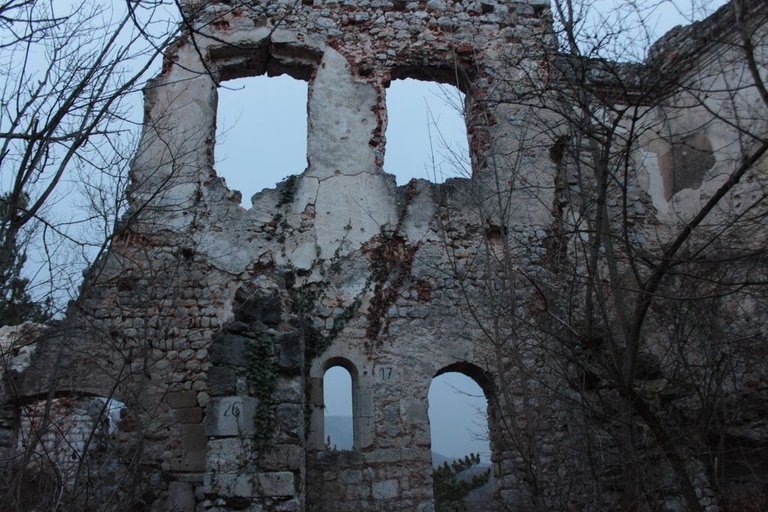
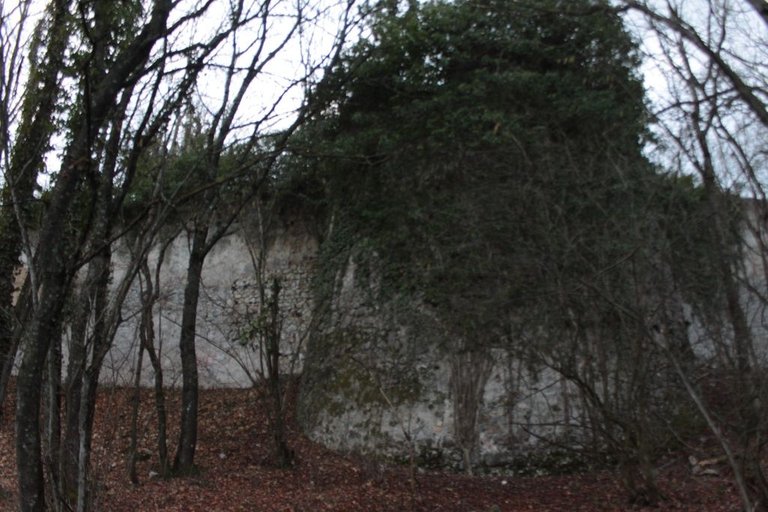
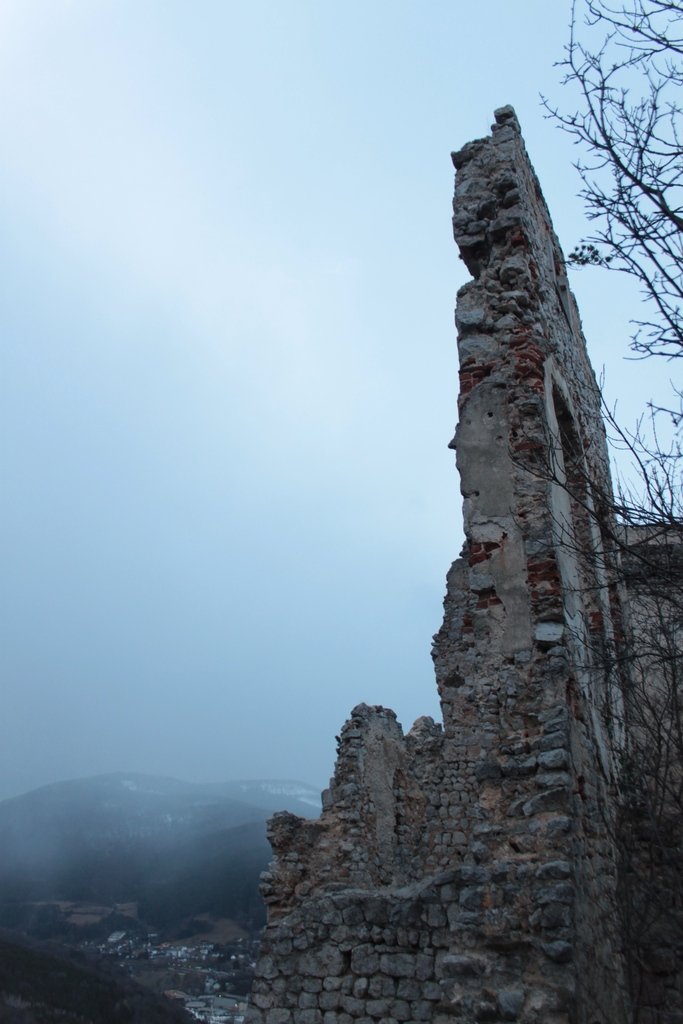
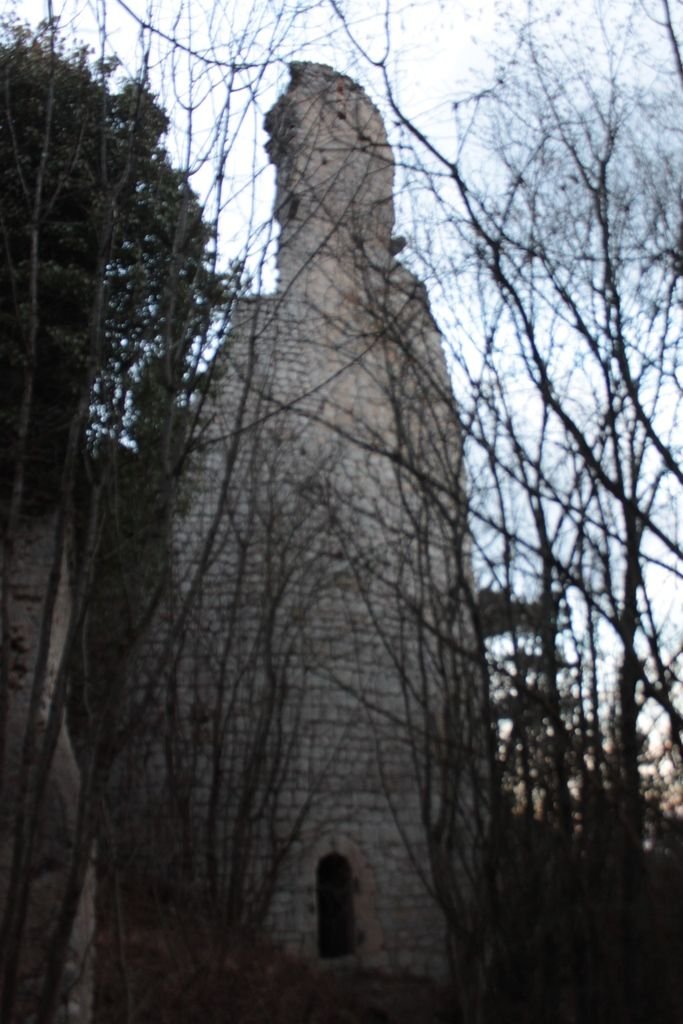
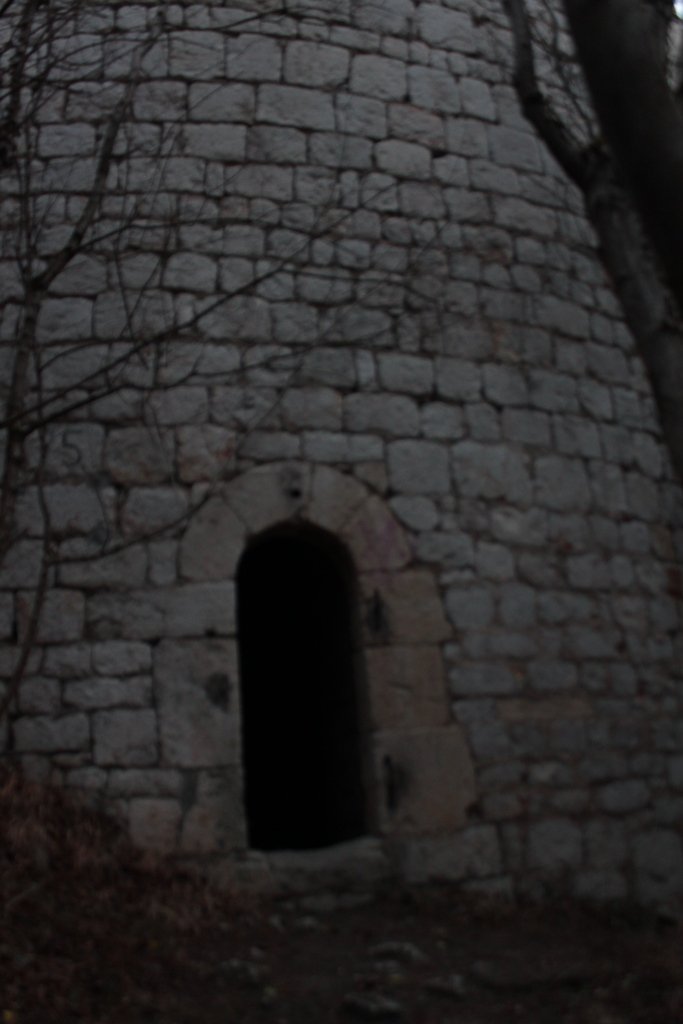
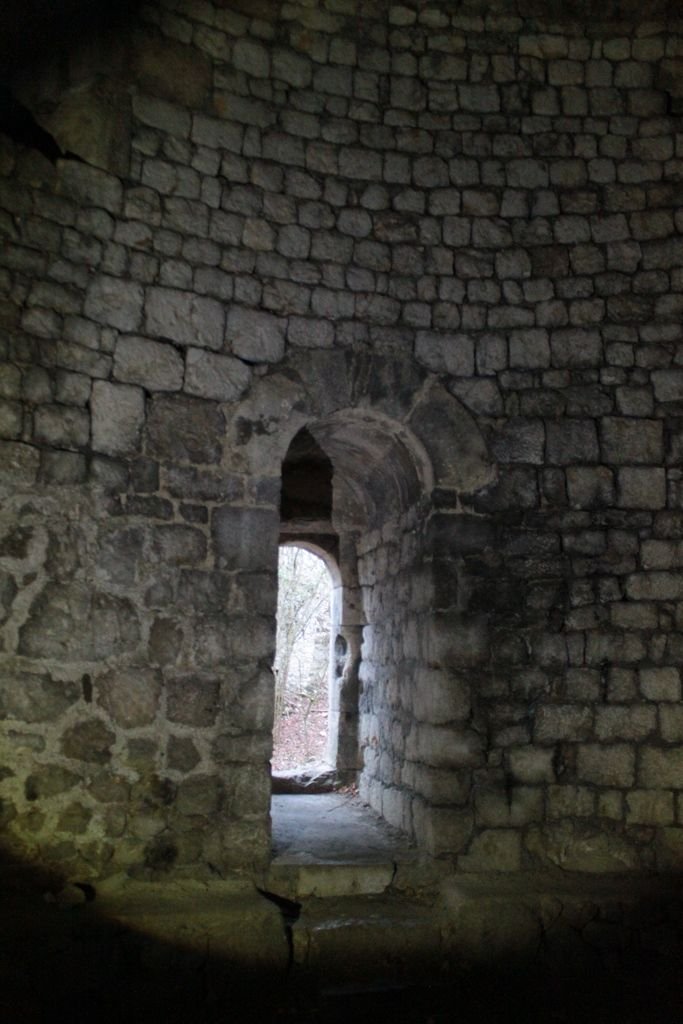
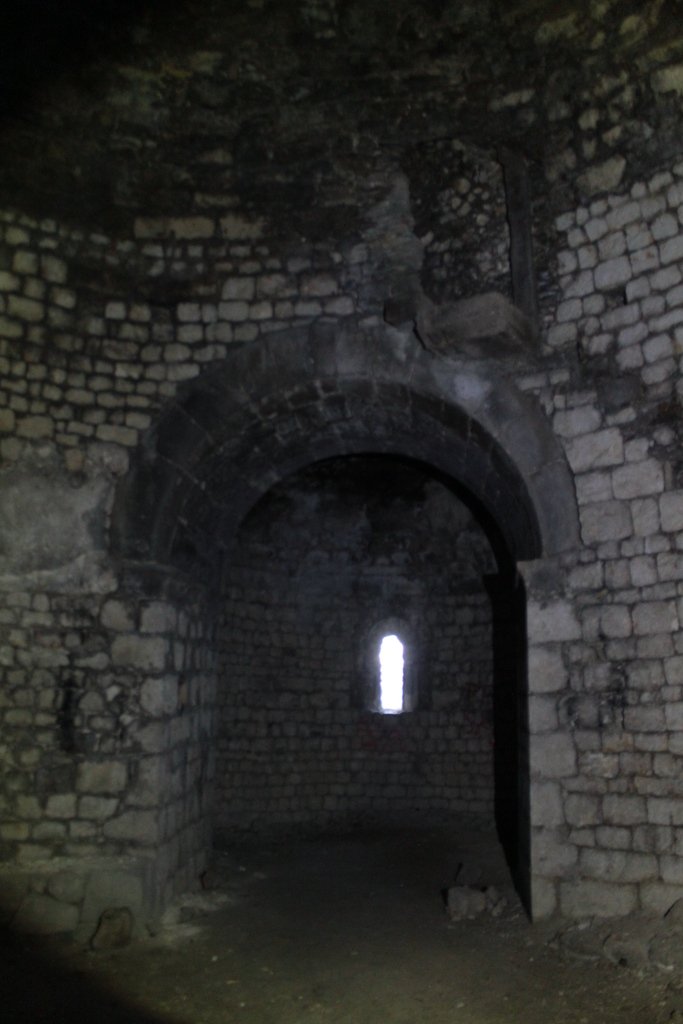
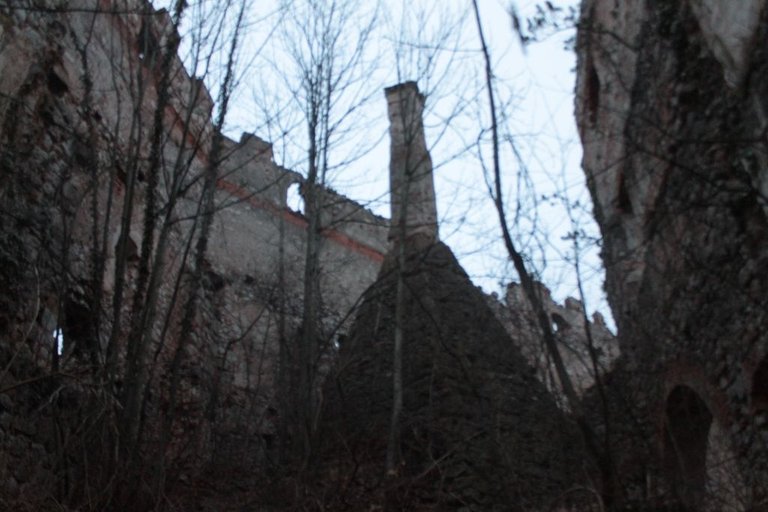
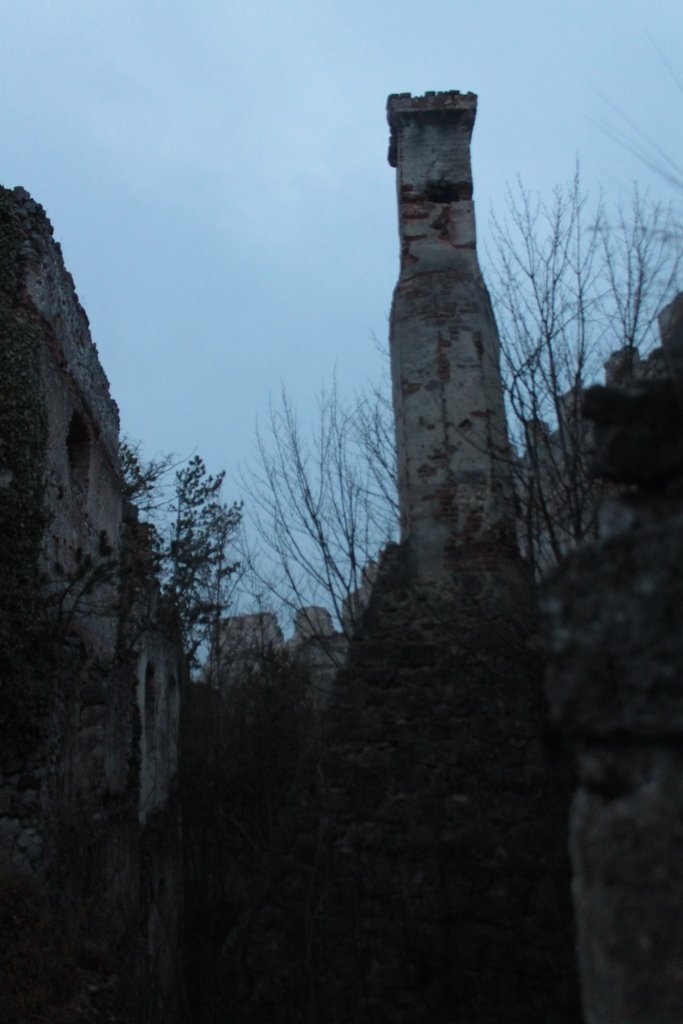
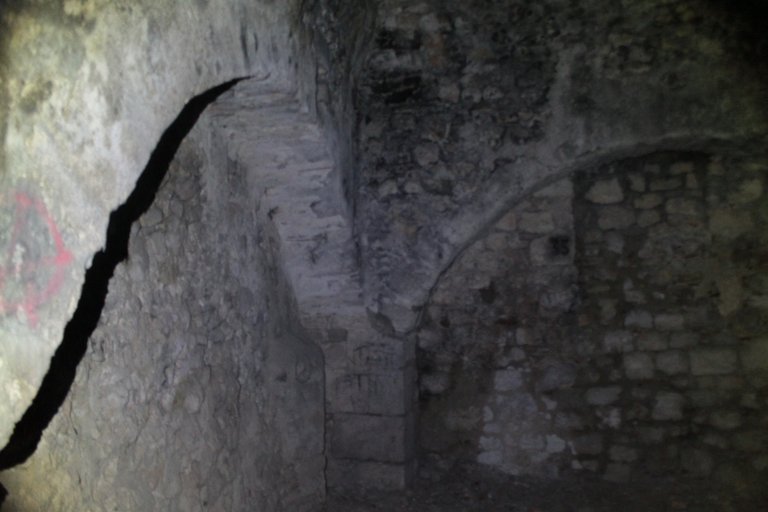
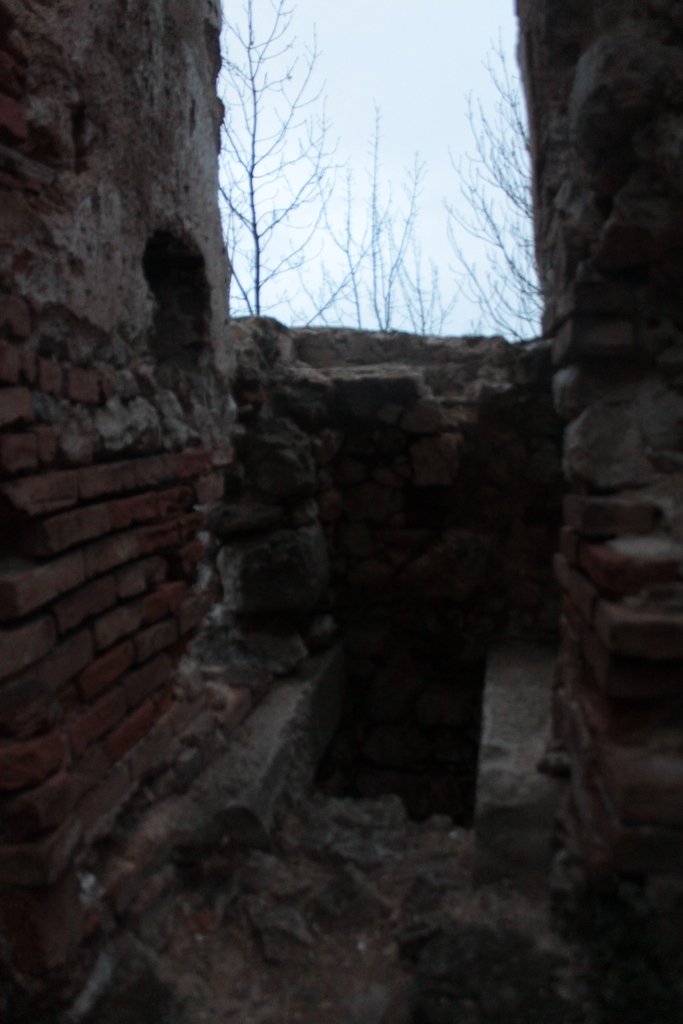
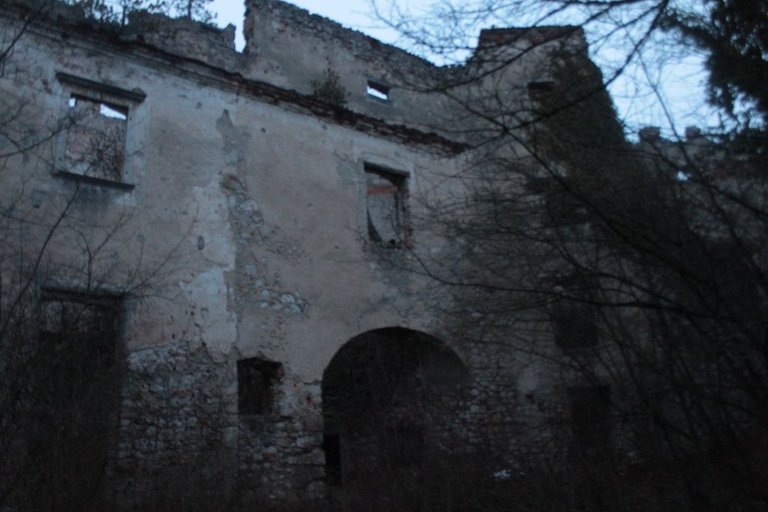
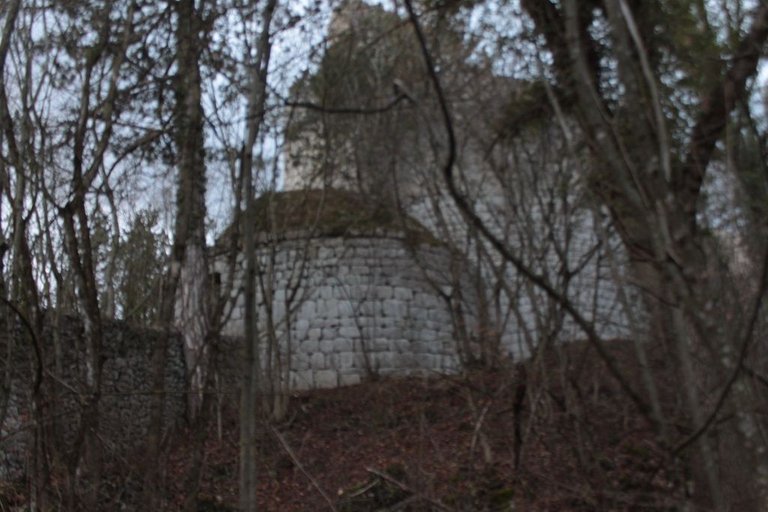
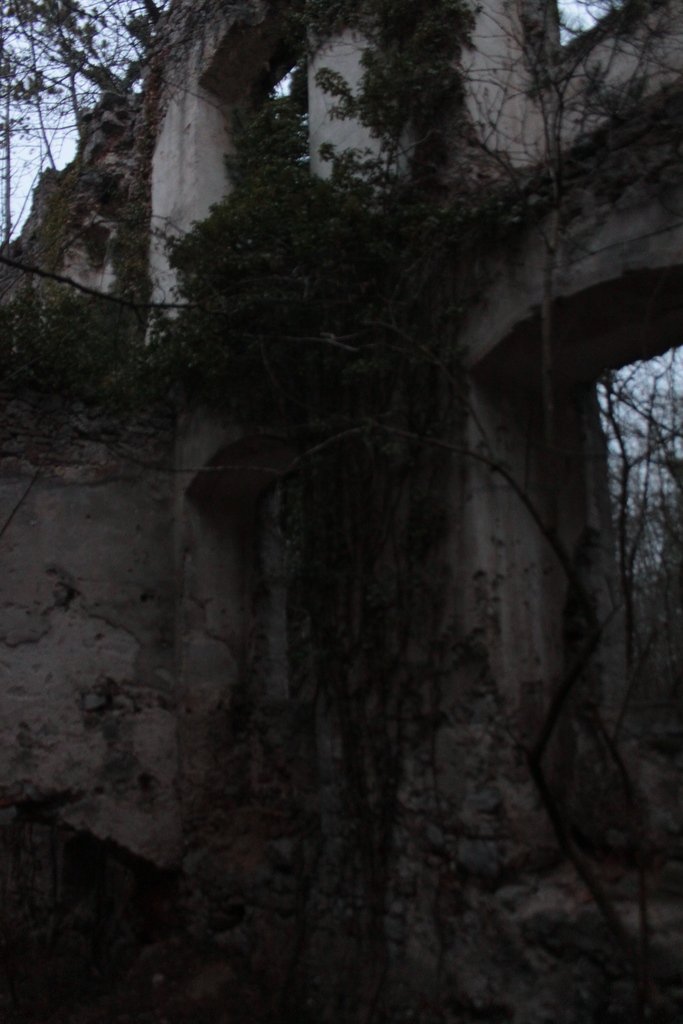
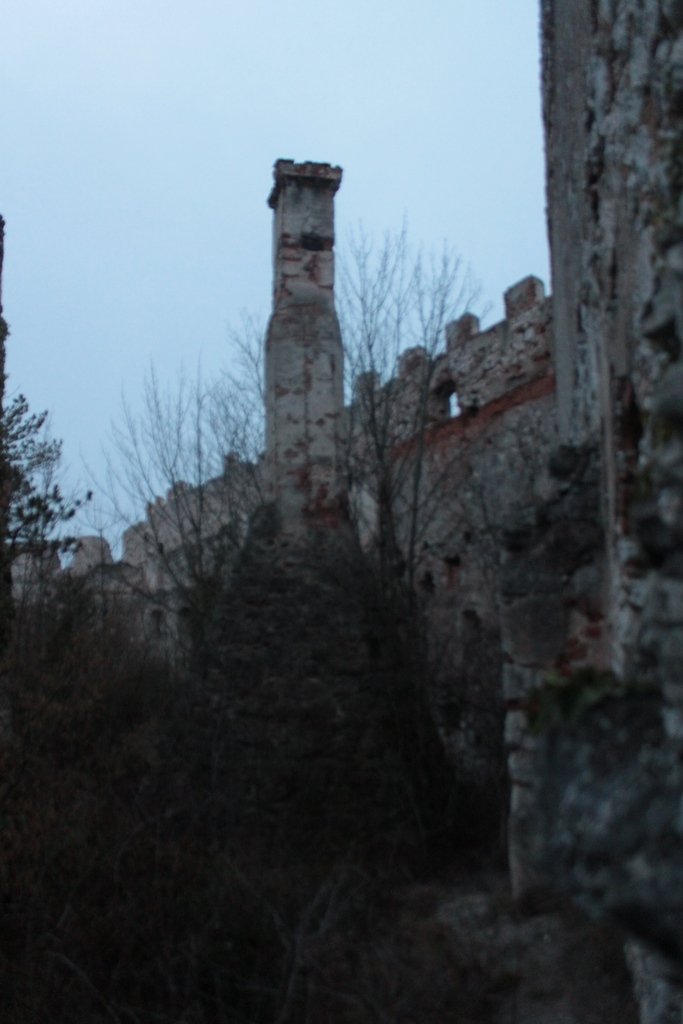
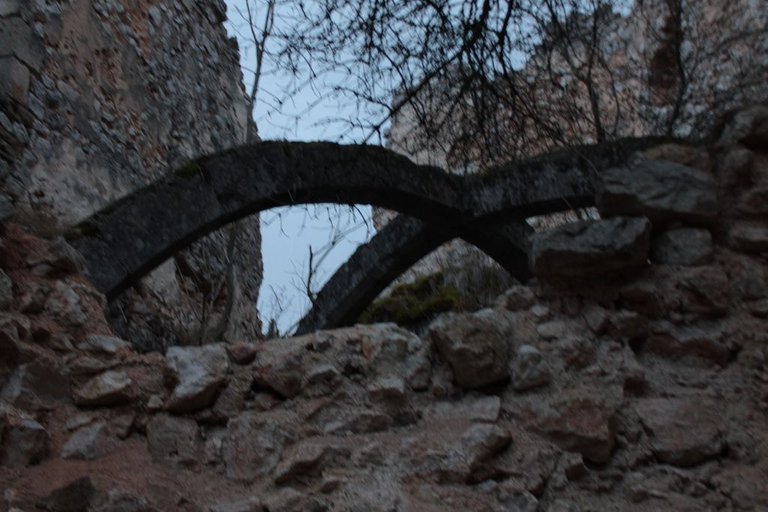
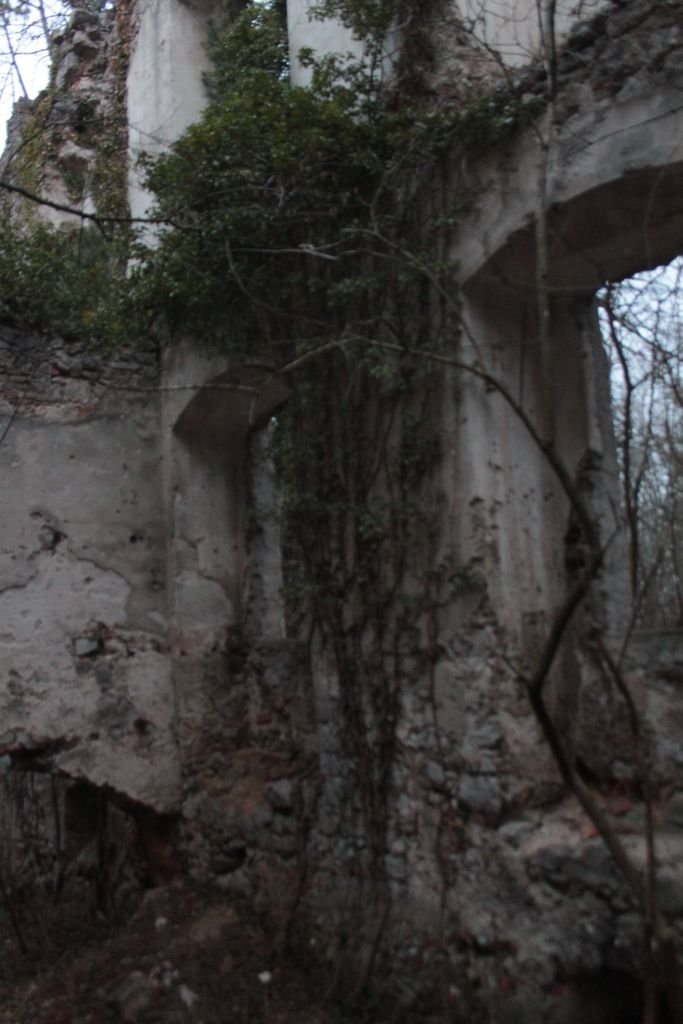
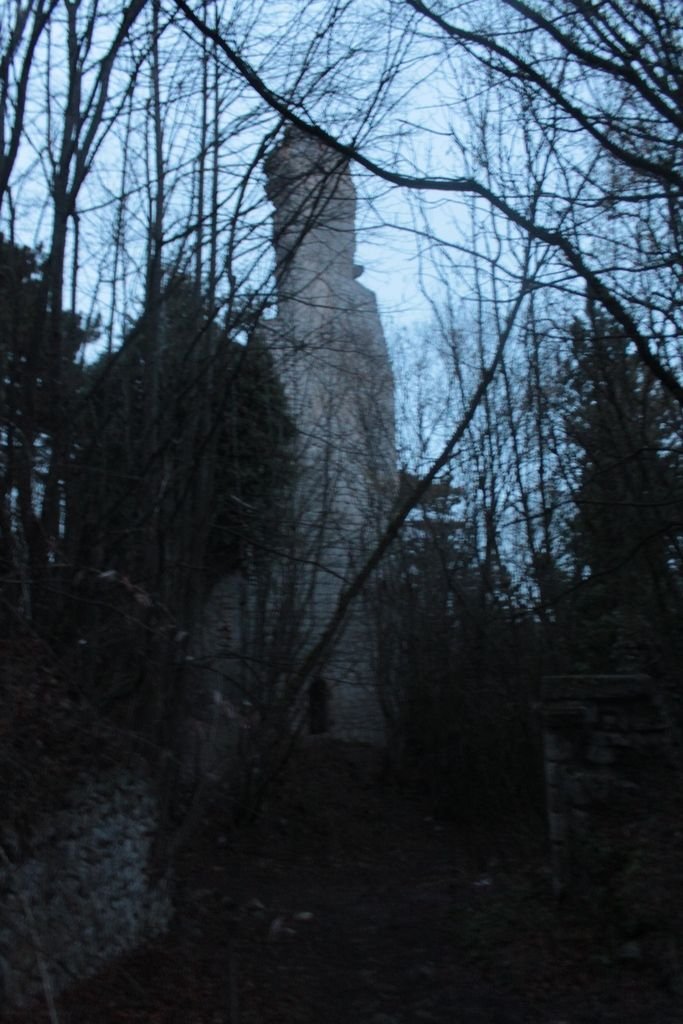
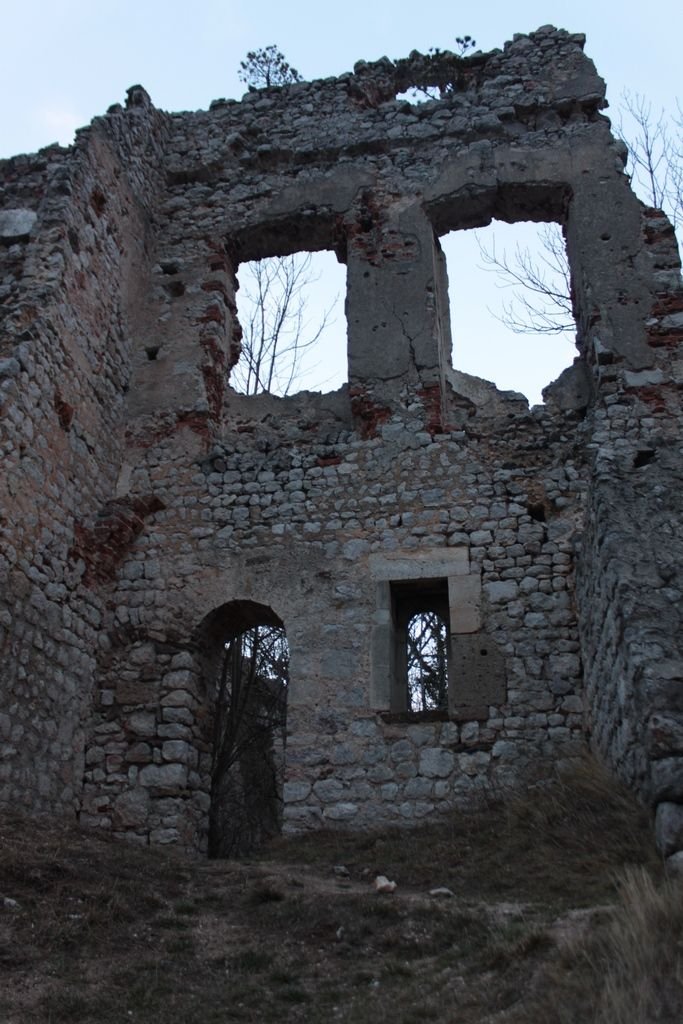
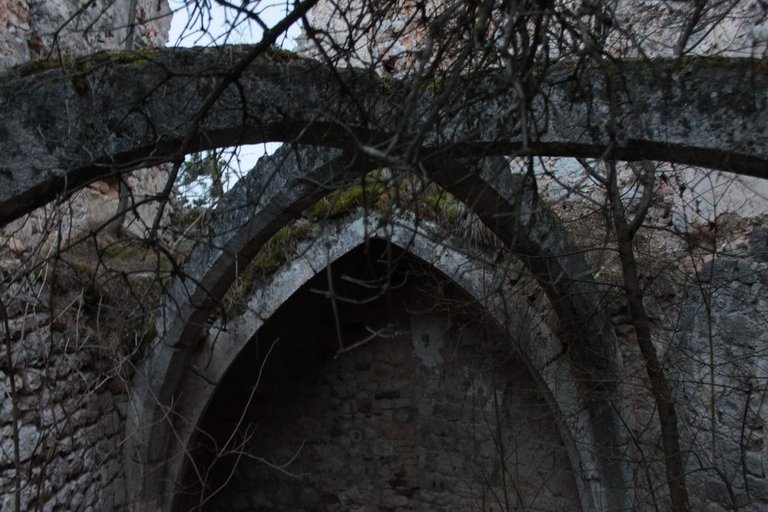
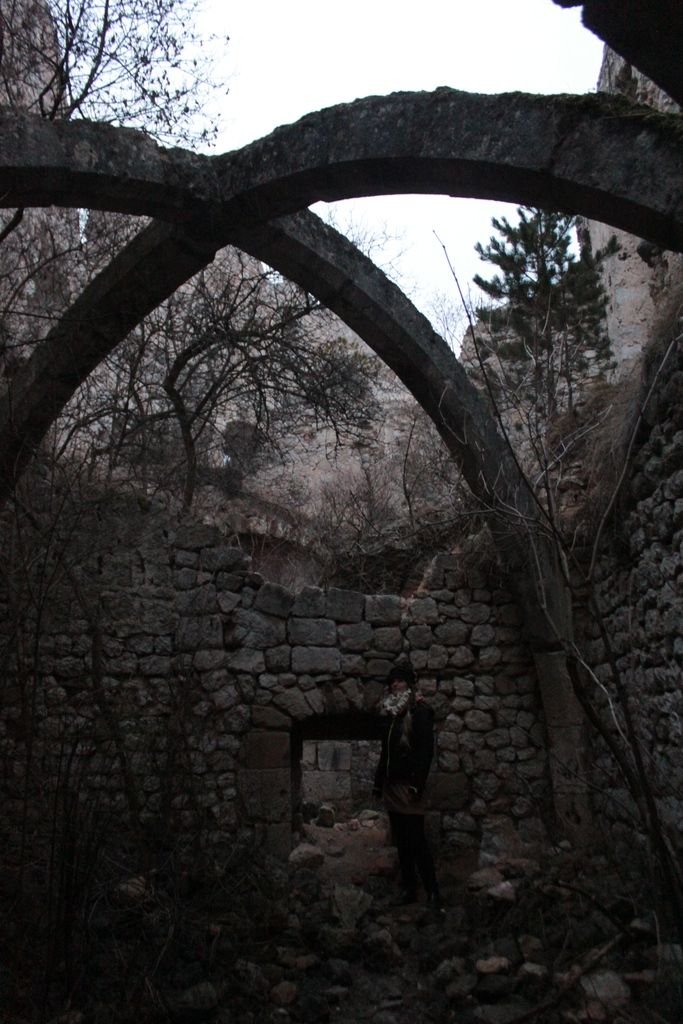
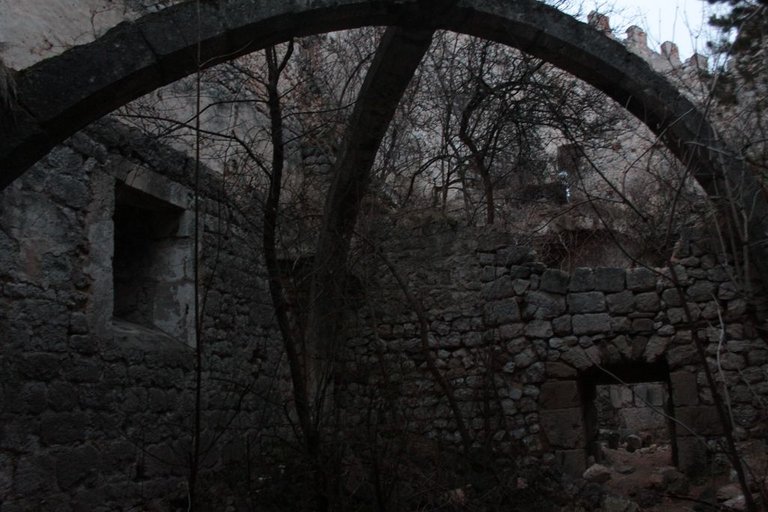
did the castle face a real siege at all? it was better to starve castles than to conquer them by attack .
The Hungarian King Matthias Corvinus took and occupied it in 1482.
Then in 1683, when the Ottoman army were laying waste to Austria, the local population retreated behind its walls to escape being slaughtered, until the main siege in Vienna was ended by the Holy League led by the Polish King Jan Sobieski.
Greetings from here. It is impressive to see how a place that was once synonymous with unshakable right now only part of the castle is still standing. Those large naves and columns I imagine are the cause of its strength. I liked the history behind this castle and the pictures. It feels a little bad to know that it has lost some of its charm.
Greetings in return from over here! 😀
There is group that attempting to organize support for at least some limited restoration to save the castle from further collapse.
Congratulations, your post has been added to Pinmapple! 🎉🥳🍍
Did you know you have your own profile map?
And every post has their own map too!
Want to have your post on the map too?
Congratulations @leoplaw! You have completed the following achievement on the Hive blockchain And have been rewarded with New badge(s)
Your next target is to reach 11000 upvotes.
You can view your badges on your board and compare yourself to others in the Ranking
If you no longer want to receive notifications, reply to this comment with the word
STOPTo support your work, I also upvoted your post!
Check out our last posts:
Support the HiveBuzz project. Vote for our proposal!
Daily Travel Digest #1866.
Become part of our travel community:
- Join our Discord
- Learn more about our travel application
Hiya, @lizanomadsoul here, just swinging by to let you know that this post made it into our Honorable Mentions in Your post has been manually curated by the @pinmapple team. If you like what we're doing, please drop by to check out all the rest of today's great posts and consider supporting other authors like yourself and us so we can keep the project going!Thank you! Will do.